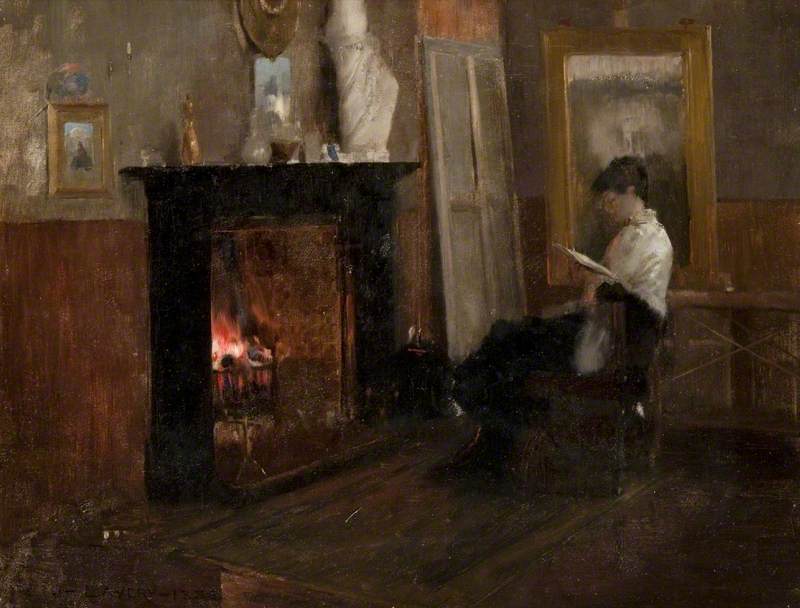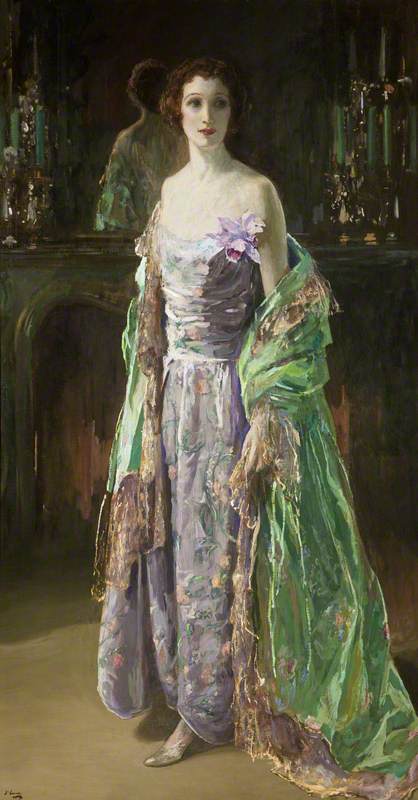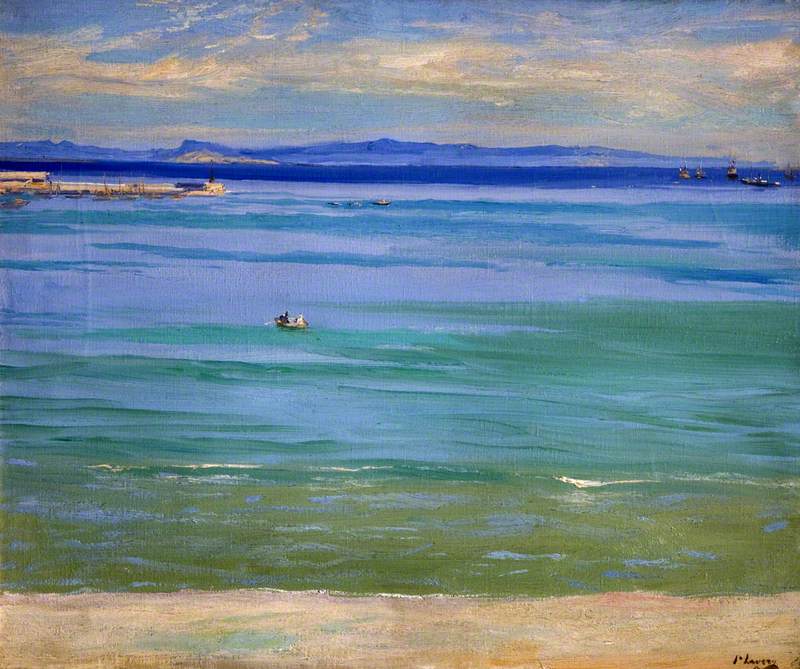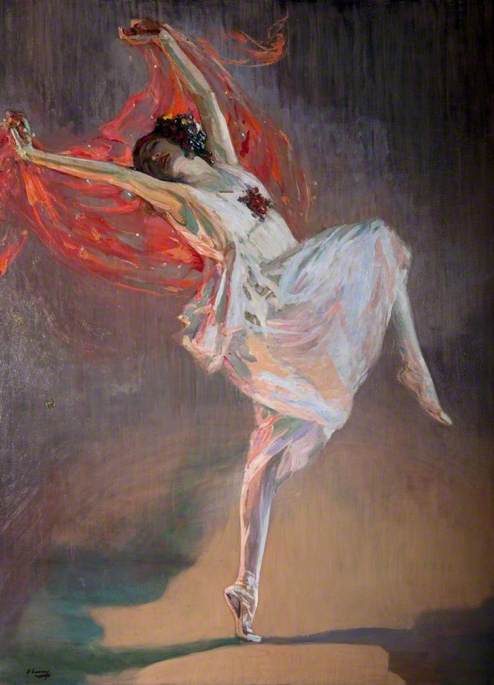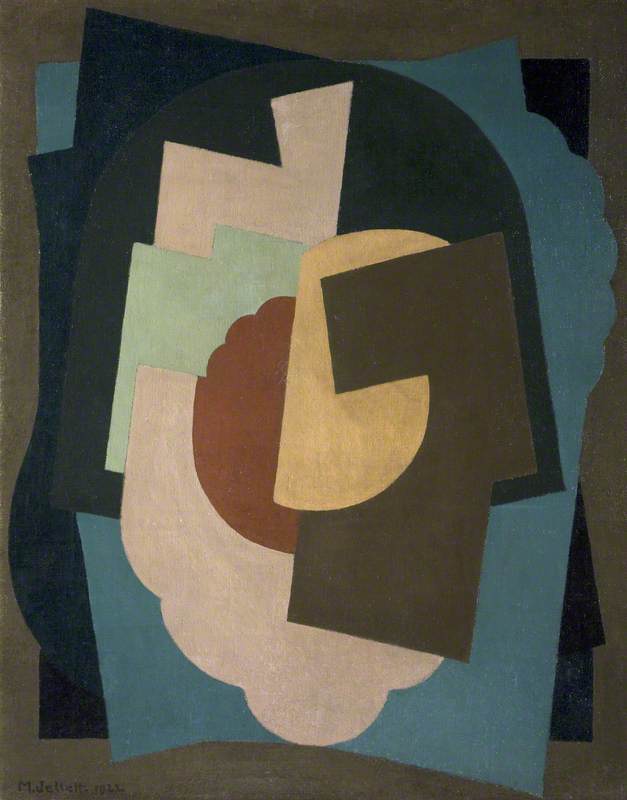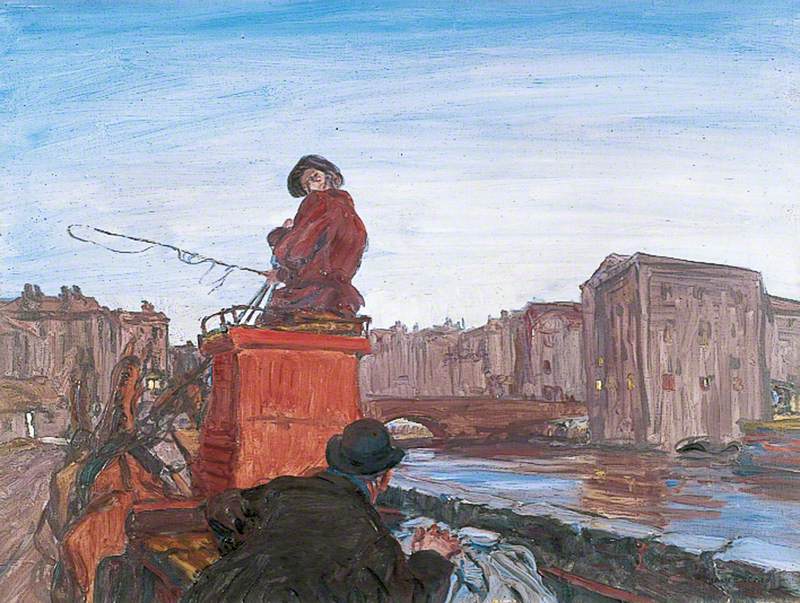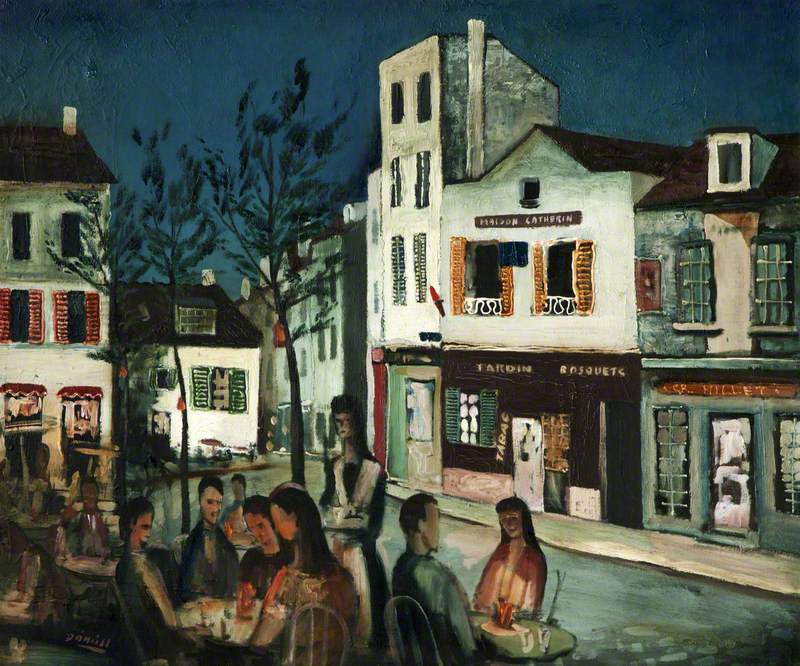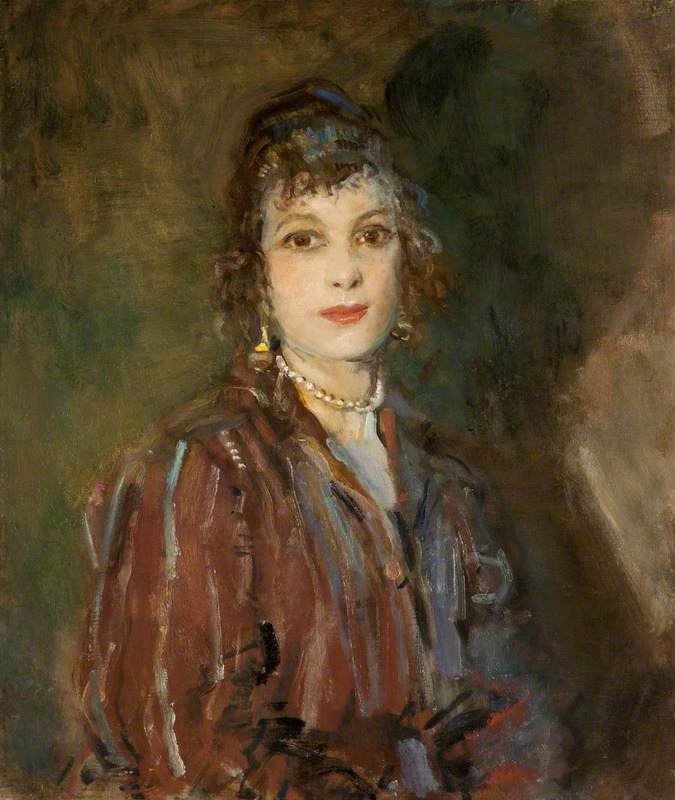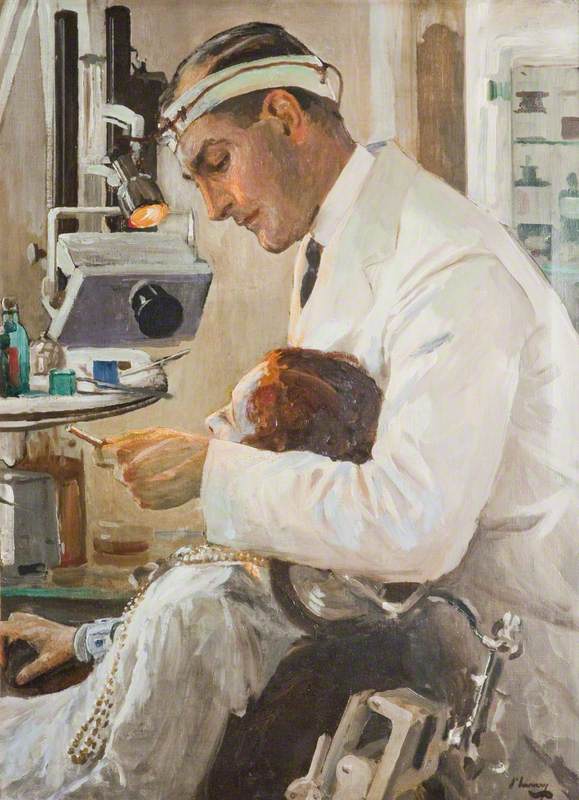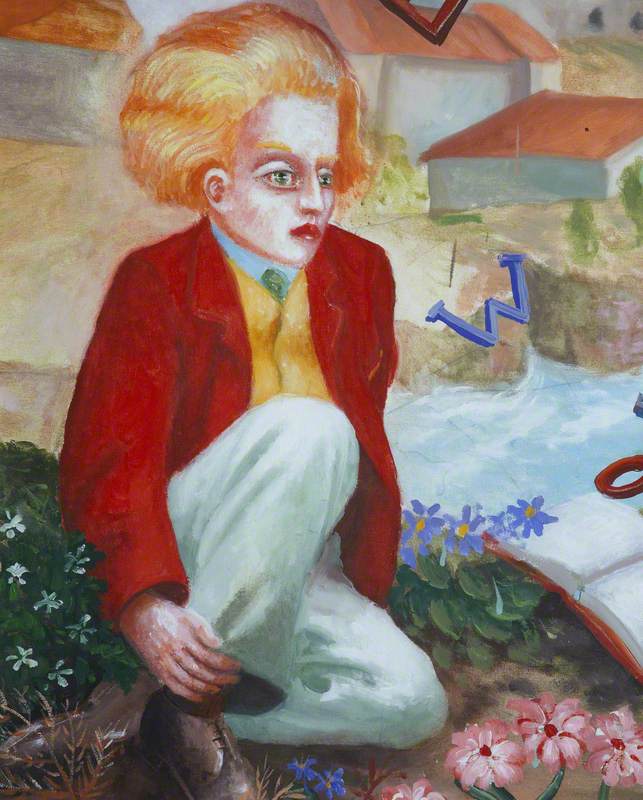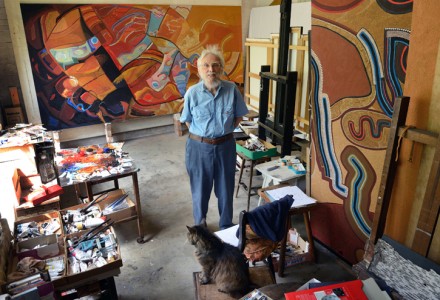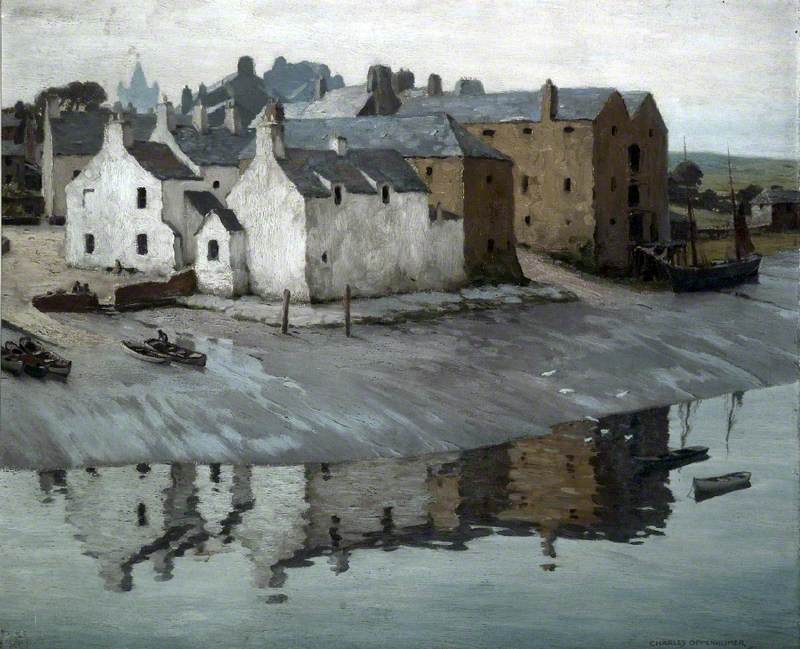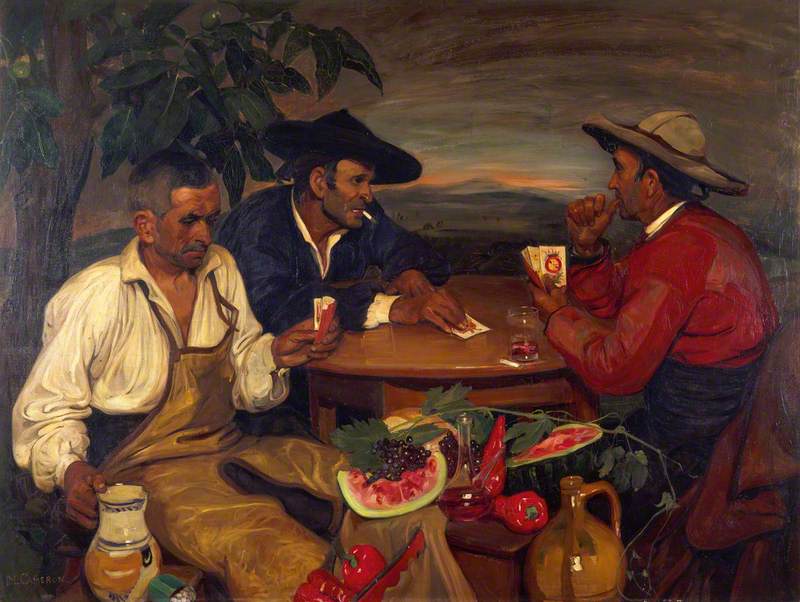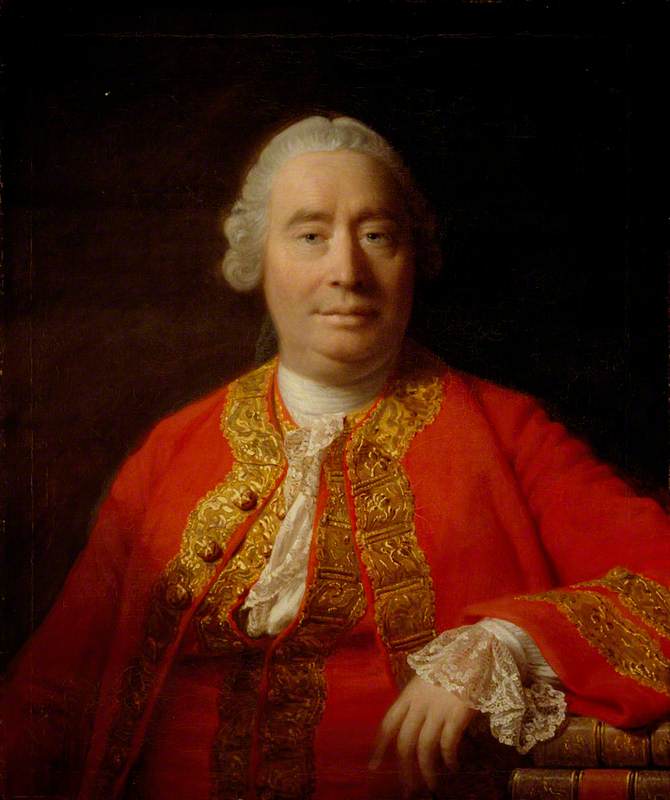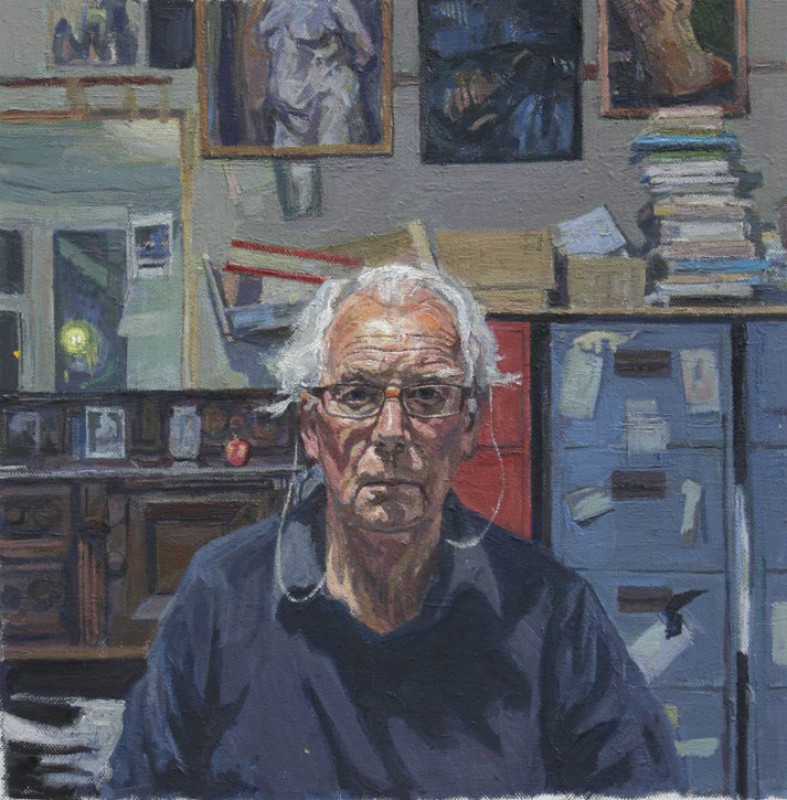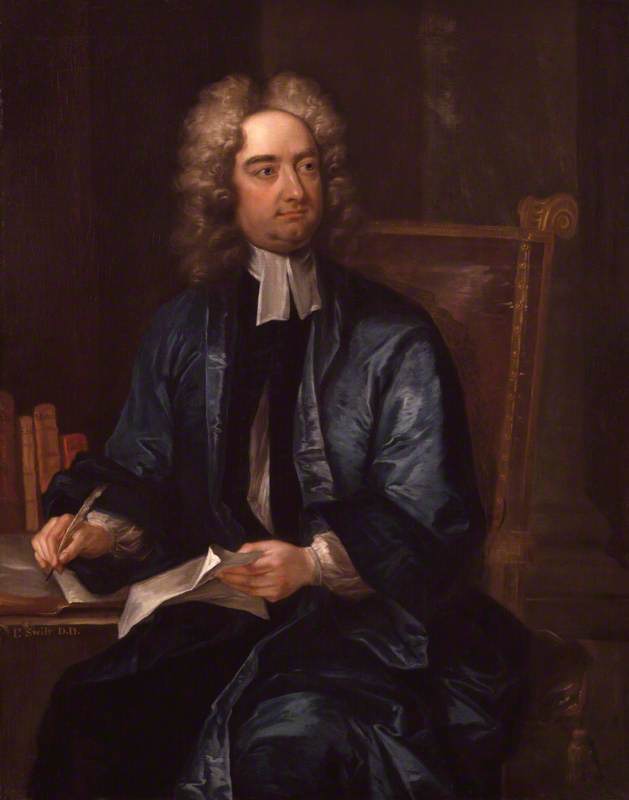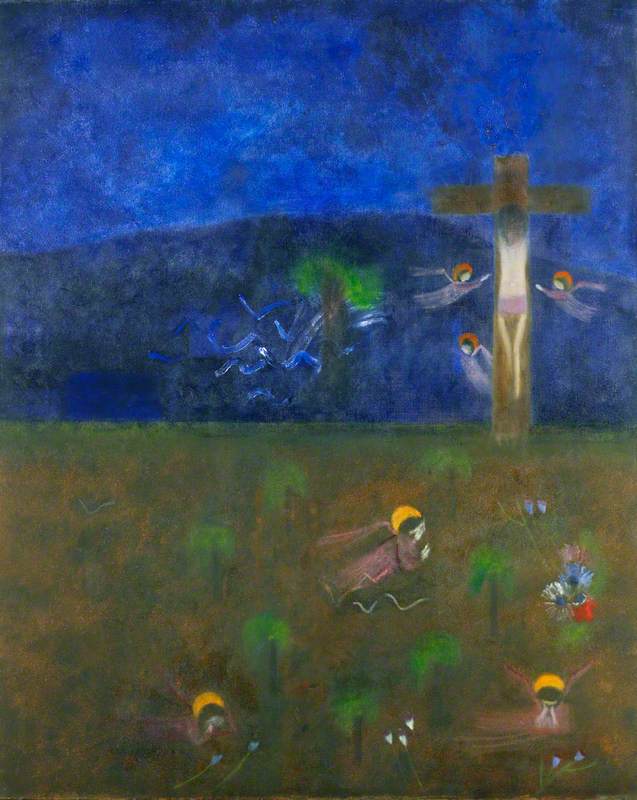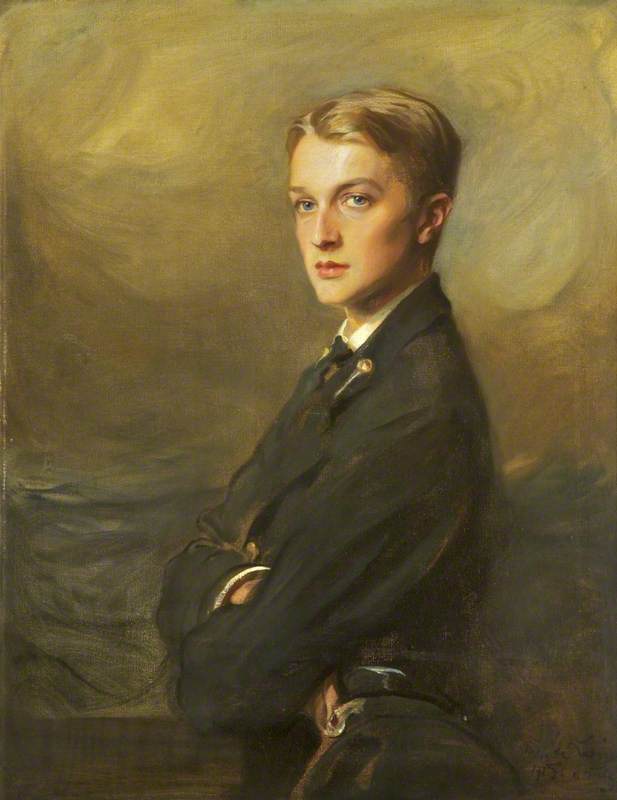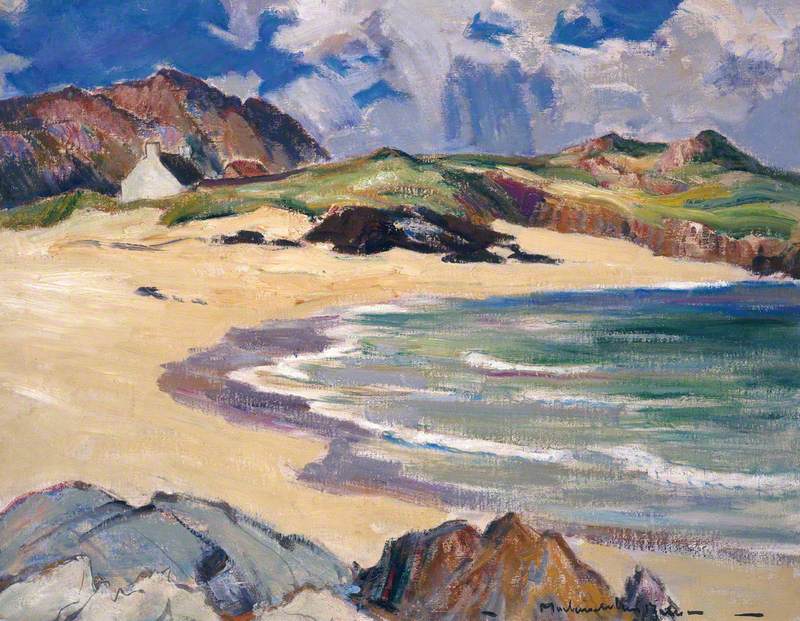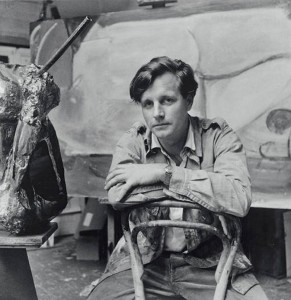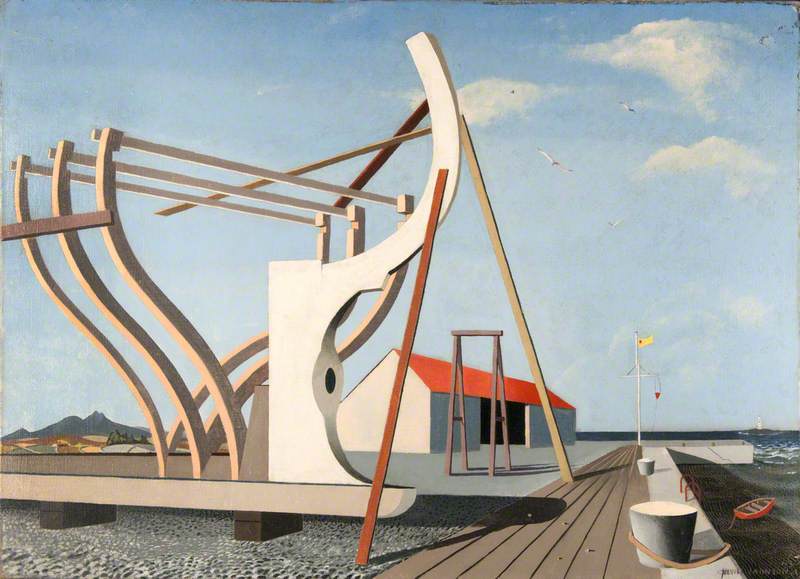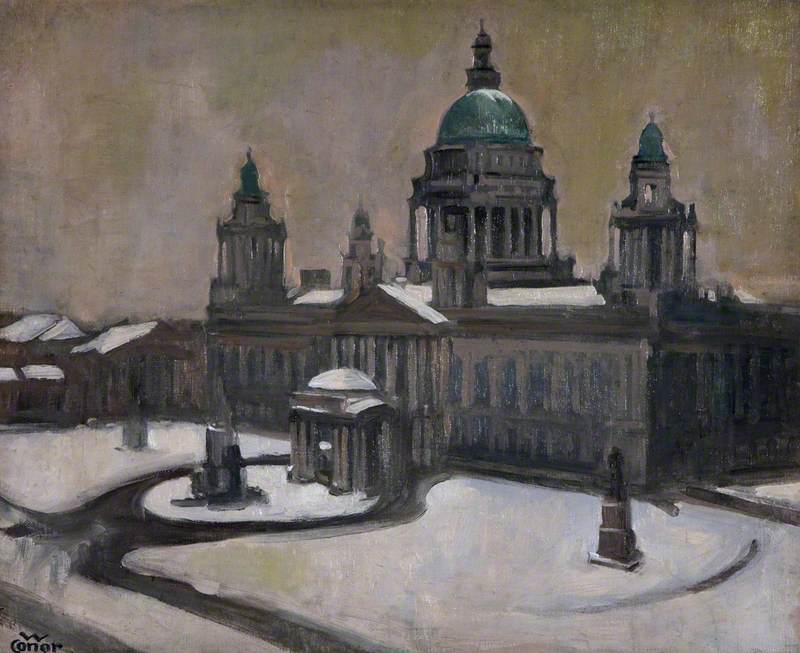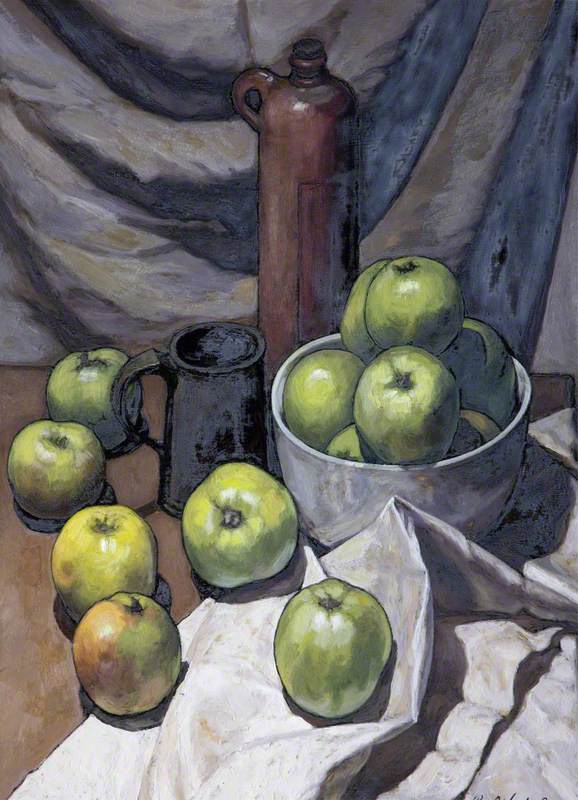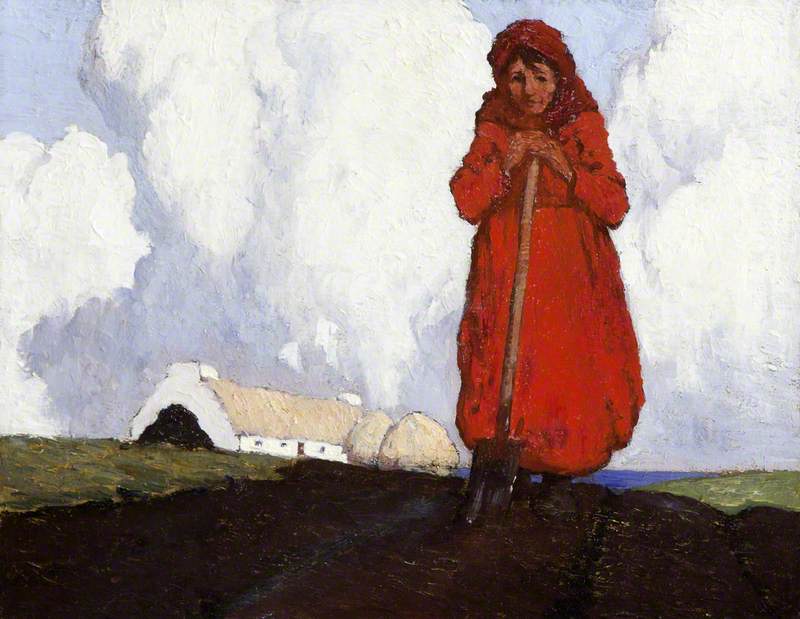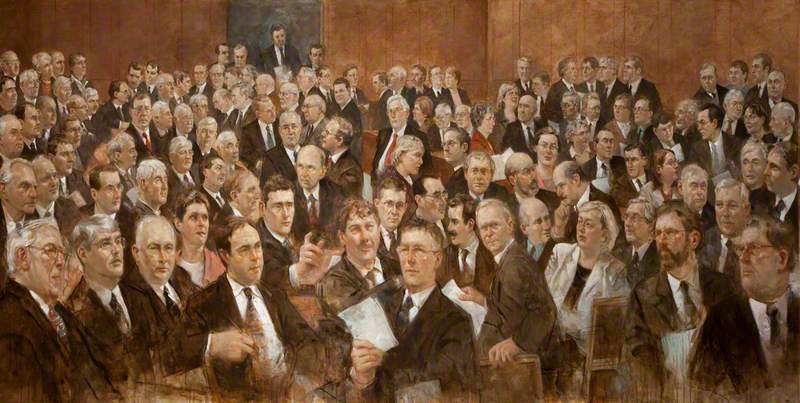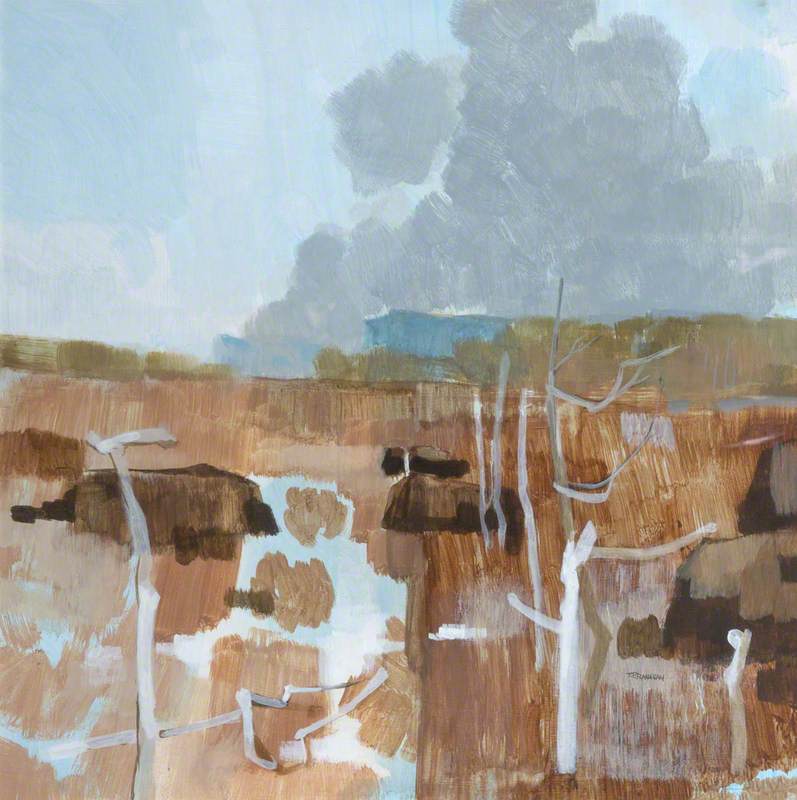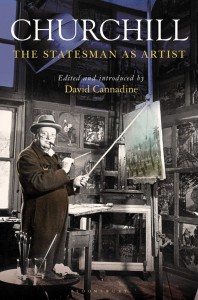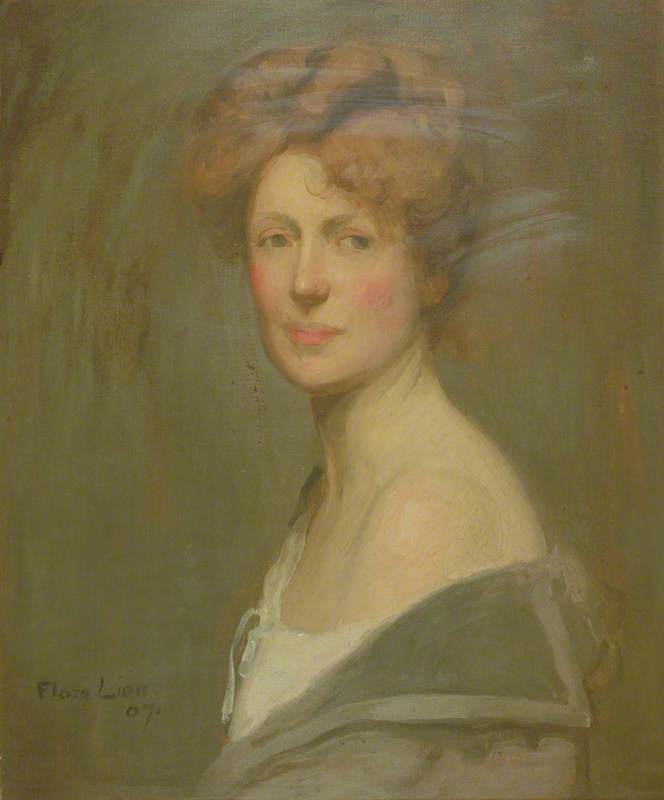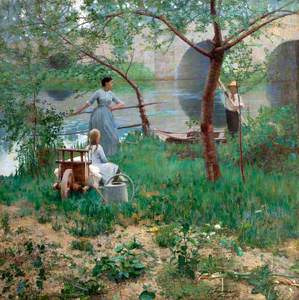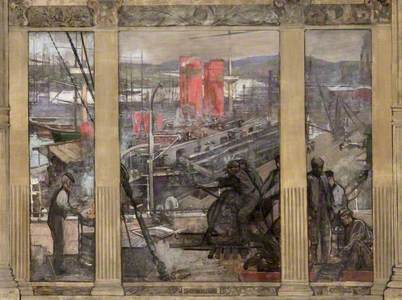Art UK currently displays over 380 works by the Irish painter Sir John Lavery (1856–1941) from national and local collections all over the UK, including Aberdeen Art Gallery & Museums, the Ferens Art Gallery in Hull, The Fitzwilliam Museum in Cambridge, the Imperial War Museum in London, Southampton City Art Gallery and the Walker Art Gallery in Liverpool. However, of particular interest with this Belfast-born 'Glasgow Boy' are the collections of the National Museums Northern Ireland (NMNI) in Belfast and those of Glasgow Museums.
National Museums Northern Ireland's collection comprises 40 of Lavery's paintings, mostly donated to the city of Belfast by the artist himself in 1929. The collection represents all stages of his career and contains some of his best-loved paintings. Glasgow Museums' 143 oils were largely gifted by the artist in 1935. Although mainly connected to a single commission, the collection also holds key works that help to define Lavery as an artist.
Lavery first came to Glasgow as an orphan runaway at the age of 15. He went on to train as an artist at the Haldane Academy in Glasgow and then at the Académie Julian in Paris, becoming part of the group of artists known as the 'Glasgow Boys'. The Whistlerian A Quiet Day in the Studio (1885) in Glasgow Museums' collection may well have been painted in Paris. In 1883–1884 at the artists' colony at Grez-sur-Loing, just south of Paris, he started painting 'en plein air' and adopted a firmly naturalist style, as evident in Under the Cherry Tree (1884), in the collection of Belfast's Ulster Museum.
Under the Cherry Tree
(previously known as 'On the Loing, an Afternoon Chat') 1884
John Lavery (1856–1941) 
A more cosmopolitan style emerged around 1885 in response to cultured middle-class Glasgow patrons. However, Lavery's big break came in 1888, when he was commissioned to paint the State Visit of Her Majesty, Queen Victoria to the Glasgow International Exhibition, 1888.
State Visit of Her Majesty, Queen Victoria to the Glasgow International Exhibition, 1888
1890
John Lavery (1856–1941) 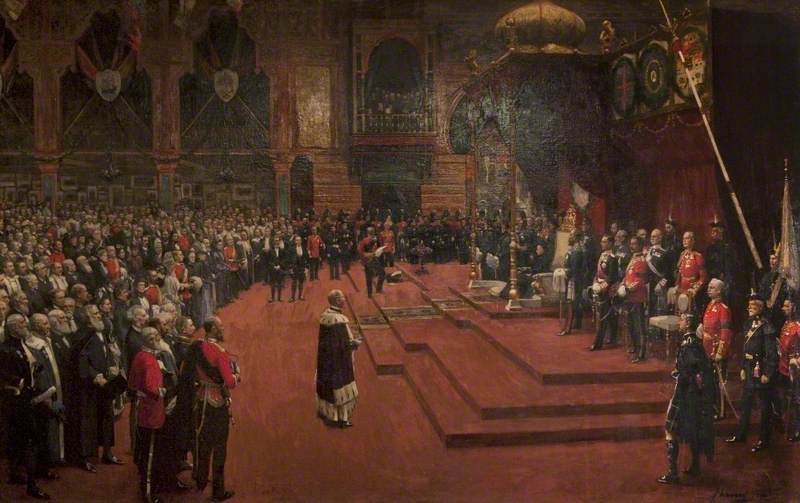
The full scale painting, which measures an impressive 256.5 x 406.4 cm, can be seen at Kelvingrove Art Gallery, with 120 lively preparatory portrait studies of lords, ladies and other prestigious persons at Glasgow Museums Resource Centre (GMRC).
Although known today largely as a society portrait painter, some of Lavery's most celebrated works are more personal in nature, being portraits of his second wife and muse, Hazel Martyn, who became the subject of over 400 of his works.
The Green Coat (1926), in the NMNI collection, was not only the artist's but also the sitter's favourite portrait. Much admired, the painting went on to be used in an advertisement for Pond's Cream.
The Ulster Museum collection also contains many paintings made during Lavery's travels to Switzerland, Florida and particularly Tangier, which Lavery visited every winter from the 1890s until the First World War, then returning again in the 1920s. Here he painted numerous night and day scenes, along with beach scenes painted from high on rooftops or hillsides along the shoreline. Paintings such as Tangier Bay, Sunshine (1920) convey an unmistakable serene atmosphere, the obvious reason for his annual sojourns.
Other Lavery paintings in Northern Ireland can be viewed in Belfast City Hall, Queen's University, Belfast and the National Trust's property at Mount Stewart, where a delightful small painting, Beach at Mount Stewart (1923), is in a family private room, and signed at the back 'Little John'. These small intimate paintings bring to life the relationship this man had with his patrons, mixing with not just royalty and the aristocracy, but also with stars from literature and the stage and screen, such as F. Scott Fitzgerald and Anna Pavlova, as demonstrated in his sumptuous portrait of her in Glasgow Museums.
Lavery was a man who sought to depict his era, as is evident in a mural commission for the banqueting hall of the City Chambers in Glasgow. Rather than choosing to illustrate something of the history and legend of the city as was expected, he turned for inspiration to the modern industrial city. Modern Glasgow (1901), which can still be seen in Glasgow's City Chambers, and the preparatory painting Shipbuilding on the Clyde (1900) at GMRC, depict ordinary men hard at work at the Fairfield Shipyard in Govan.
It is not surprising that when war broke out in 1914 Lavery became one of the country's official war artists.
Throughout his career and his travels, Lavery retained strong ties to Glasgow and Ireland, as the works on Art UK demonstrate. During the 1920s the Laverys visited Ireland every August, splitting their time and loyalties between Belfast and Dublin. Lavery received honorary degrees from Dublin and Queen's University, Belfast, and was close friends with Lord and Lady Londonderry of Mount Stewart. In the 1930s, following the death of Hazel and his daughter Eileen, Lavery, heart-broken, returned to live in Ireland with his step-daughter Alice. He died in County Kilkenny, aged 84, of natural causes.
Alison Mitchelson and Jo Meacock, Former Art UK Paintings Project Coordinators
